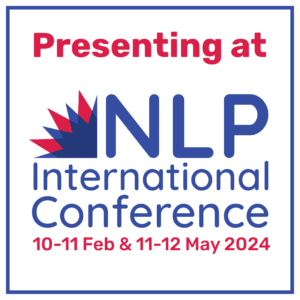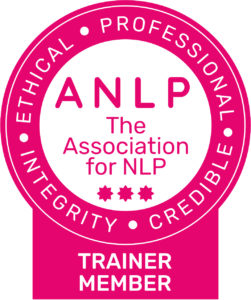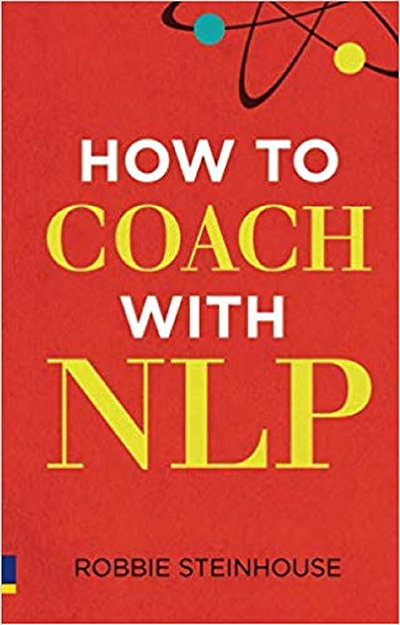Understanding Boundaries

People behave differently under stress – some are forceful, some withdraw and others try to distract themselves. The idea of ‘boundaries’ has become increasingly used in popular psychology as a way of addressing stressful situations but it can be simplistic, with the message being that all you need to do is ‘puff yourself up’ and assert yourself, just force yourself to say what is on your mind.
Inner and Outer Boundaries
Boundaries in fact are a far subtler concept and involve learning at certain times to express yourself (an outer boundary) and at other times to contain yourself (an inner boundary). Under stress, a person who habitually expresses themselves, can take their feelings out on others and strain, or possibly break, relationships. This is especially true for a ‘triggered’ reaction, where someone becomes extremely upset at a situation which somehow reminds them of something that had a huge impact on them in their youth. For instance, someone who had a bullying older sibling can unleash a rage later in life during a trivial, yet irritating retail experience.
Becoming Aware
The tip here is awareness, when you have the presence of mind to know you are in a triggered state, a little voice reminding you to withdraw until you calm down can be helpful. What is desirable in this situation is an inner boundary of containment – you know that your current mood is not going to further your cause.
Asserting your “Inner” Boundary
Conversely, someone who finds it more naturally difficult to express themselves, by asserting an outer boundary, can use a similar strategy, but this time by choosing to express themselves. If someone is pressing you to decide on something you don’t feel comfortable about or is behaving in an inappropriate way, that same inner-voice can remind you that now is the time to express yourself. It doesn’t need to be long, all that is needed is to say, “I am not comfortable with this and please don’t / please stop / I want..”
Distraction, or a clear NO?
Lastly, the method of distracting oneself – where under stress you start joking or changing the subject – can be effective at times, but often a clear ‘no’ or ‘stop’ is better. When you are able to express your needs clearly, without losing your temper this is also beneficial to people you are close to. They know where they stand and that in turn makes them feel safe and secure with you.
Archetypes and Boundaries
In my next blog I will discuss how innate human energies or archetypes apply to these ideas. Those with the gift of a forceful disposition can learn to manage the consequential anger that goes with that gift. Likewise, those with more intuitive and sensitive gifts can learn to manage the sadness that is inherent in that gift. The key is not to feel shame about anger or sadness as they are a natural part of us.
Did you like this post?
Then check out our events and courses!
Where to find us
For posts, events, free open days and more, follow NLP School on:
What to read next
How NLP Can Help With Your Relationships — The Drama Triangle
How to Avoid Self-Sabotage and Binary Thinking










